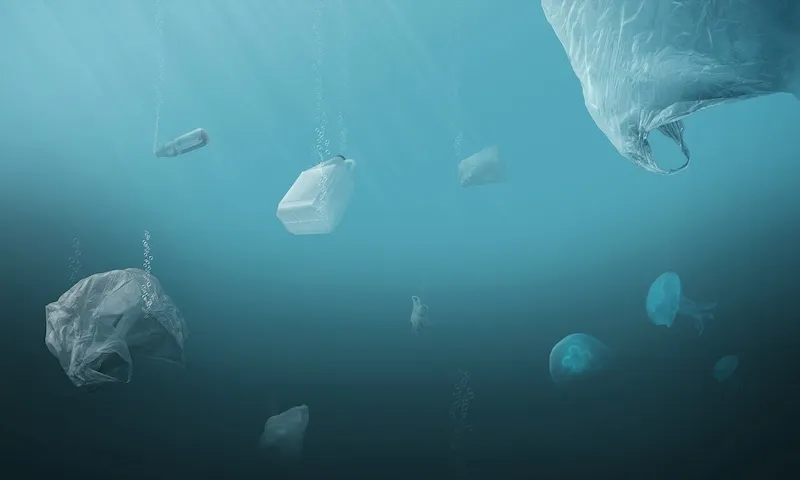
A better comprehension of substances through more detailed dossiers
Starting on 1st January 2020, companies will have to provide in their substances’ registration dossiers information on these substances’ nanoforms.
Even though REACH regulation already applied to nanomaterials since its implementation, they will now be explicitly mentioned and specific clauses will be dedicated to them. This amendment of REACH’s annexes aims at clarifying the requirements in terms of data on nanomaterials. It will also provide a better knowledge basis on nanomaterials, their characteristics, uses, as well as the risks they present.
New information will need to be submitted: for instance the particle size distribution, morphological characteristics, surface area, etc. Specific tests for nanomaterials will hence need to be carried out.
Still no precise definition for nanomaterials
Despite these new clauses on nanos, the European Commission still failed to revise the definition for a nanomaterial. This revision had been expected and delayed for some years now and should not occur before 2020.
The first recommendation of the European Commission on the matter dates back to 2011 and described nanos as substances containing at least 50% of particles between 1nm and 100nm. This definition is however considered too broad by experts.
Towards a safer regulatory framework
The decision to specifically include clauses concerning nanomaterials in REACH’s annexes allows to better control the risks surrounding them. These revisions have been approved by industry representatives, since they allow for more clarity and predictability of the applicable regulatory framework, even if the absence of a clear definition was criticised a lot.
As for NGOs, they consider that the Commission could have done better. CIEL (the Center for International Environmental Law) for example, declared that the revision is not restrictive enough for companies.
A better comprehension of substances through more detailed dossiers
Starting on 1st January 2020, companies will have to provide in their substances’ registration dossiers information on these substances’ nanoforms.
Even though REACH regulation already applied to nanomaterials since its implementation, they will now be explicitly mentioned and specific clauses will be dedicated to them. This amendment of REACH’s annexes aims at clarifying the requirements in terms of data on nanomaterials. It will also provide a better knowledge basis on nanomaterials, their characteristics, uses, as well as the risks they present.
New information will need to be submitted: for instance the particle size distribution, morphological characteristics, surface area, etc. Specific tests for nanomaterials will hence need to be carried out.
Still no precise definition for nanomaterials
Despite these new clauses on nanos, the European Commission still failed to revise the definition for a nanomaterial. This revision had been expected and delayed for some years now and should not occur before 2020.
The first recommendation of the European Commission on the matter dates back to 2011 and described nanos as substances containing at least 50% of particles between 1nm and 100nm. This definition is however considered too broad by experts.
Towards a safer regulatory framework
The decision to specifically include clauses concerning nanomaterials in REACH’s annexes allows to better control the risks surrounding them. These revisions have been approved by industry representatives, since they allow for more clarity and predictability of the applicable regulatory framework, even if the absence of a clear definition was criticised a lot.
As for NGOs, they consider that the Commission could have done better. CIEL (the Center for International Environmental Law) for example, declared that the revision is not restrictive enough for companies.







